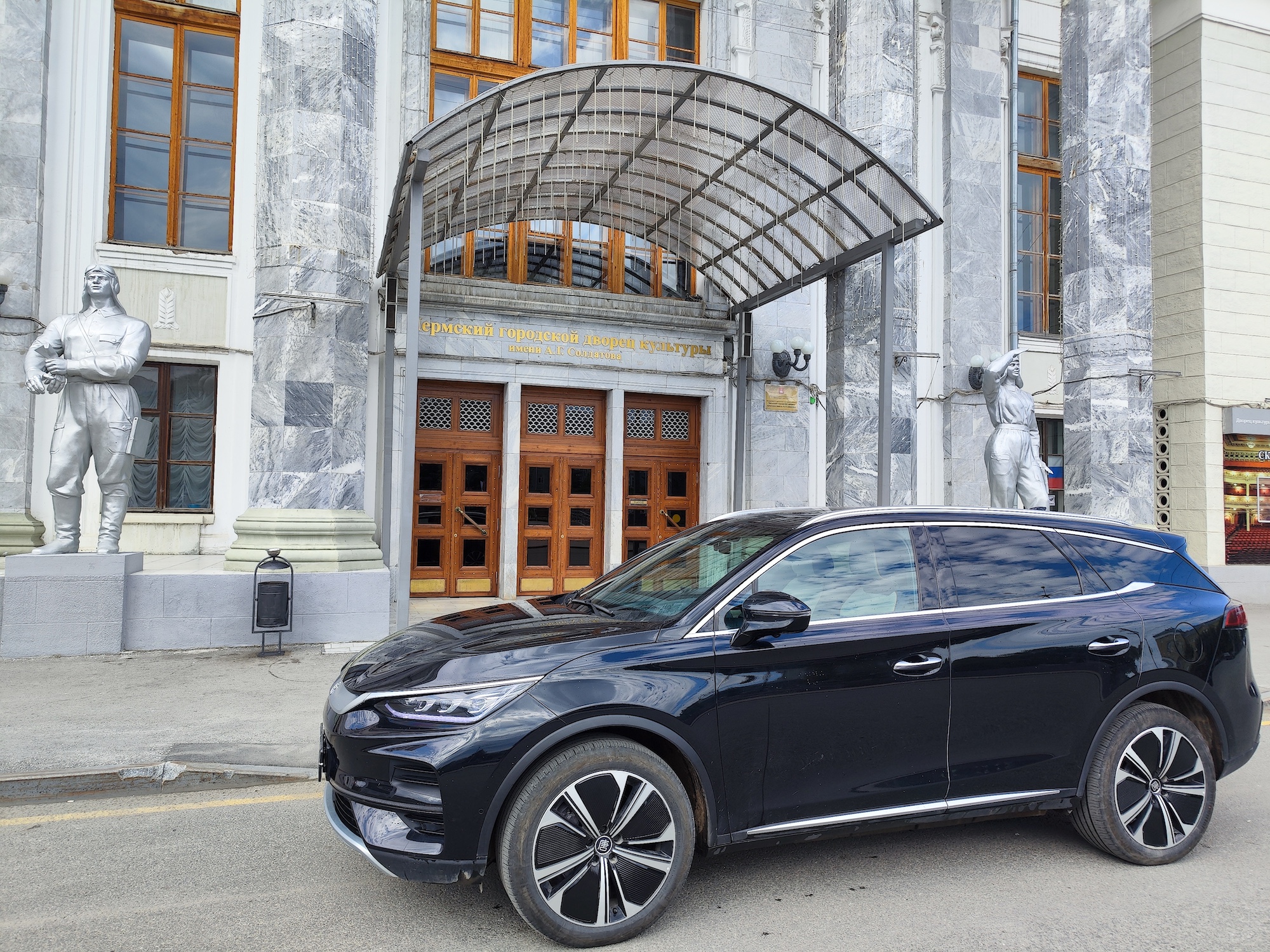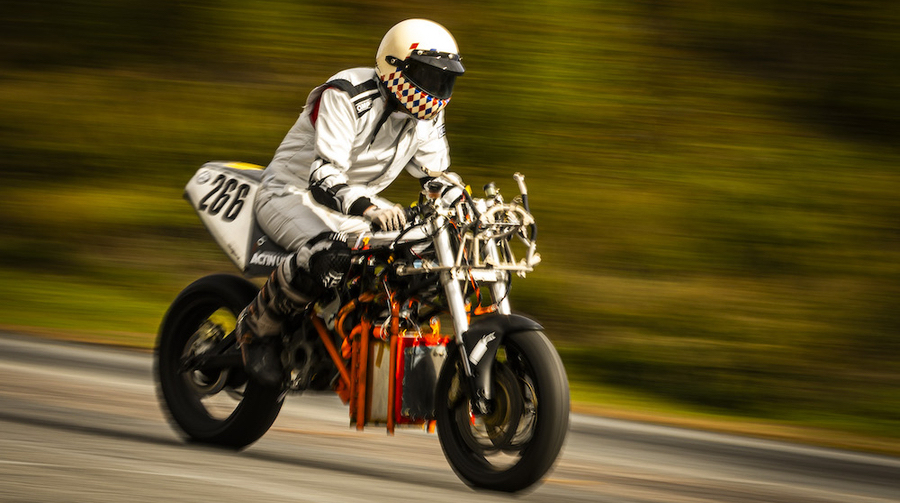When I think about an e-bike, I usually think about fun rides on trails, and maybe short commutes and errands. For people who live in cities, the “maybe” part might be the fun while using the bike for serious transportation is the main goal. But, either way, most people don’t think about taking a trip across a continent on an e-bike. But, as it turns out, some people actually do this.
After looking into it more, it became clear that these long trips show that there’s a lot of room for improvement.
Across The United States
In this video I found on YouTube (embedding was disabled), we get to see exactly what this looks like.
Right away, the brothers doing this ran into the biggest cycling problem in the United States: utter crap infrastructure. In some cities, bike lanes exist and some are even protected or entirely separate from cars. But, it didn’t take them long to run into some very dangerous narrow shoulders where one of them got thrown off the bike by a big RV almost hitting him. Sadly, this reminded the pair of a big accident their dad had on a bike, but they weren’t as seriously injured (not even close) compared to him.
But, one thing was for sure: they needed to do something different to make the trip safer. Instead of riding continuously, they had to stop and wait for breaks in traffic to pedal around the narrowest spots. Then, they tried to choose roads that didn’t force them to share with busy 60 MPH traffic, but they had to pretty quickly climb to 4,000 feet of elevation (from sea level). From there, it was a lot easier, and they were able to descend into the desert. Later on, in Arizona, they got onto some dirt roads where they didn’t have to see any cars, but conditions got so bad that they had to get on the highway again.
Even worse, the Arizona desert gave them a nasty surprise: a summer thunderstorm. Unlike the light but long rains you’d encounter in greener parts of the United States, desert storms are relatively short-lived, but can be absolutely brutal in terms of rain, wind, and lightning. But, they had to keep pedaling on to Phoenix if they wanted to sleep in warm and dry bed.
The great thing about e-bikes is that the next day, they were able to continue on and finish crossing the state and go into New Mexico, but not without being excited about saguaro cactuses first. Many people don’t know this, but saguaros don’t grow in New Mexico or Texas (despite their appearance in those places in some old westerns). It took them all day to make it to the state line, and then hours of riding along a narrow, dark highway that I’d never ride a bike along. So, they slept along the side of the road in a tent, and got to see a New Mexico State Police officer arrest a man nearby.
The next day, they rode across that state, and started averaging 200 miles per day, only stopping for food and motels. The relatively flat land along the middle of the country made this easy, especially compared to crossing California, Arizona, and New Mexico. But, after an unknown number of days, the flat land gave way to mountains again, and they came up against the Appalachians.
The problem there? Cold weather and a possible freezing roadway. Then, snow started falling. They had to stop at a hotel for days that they didn’t plan on stopping at. But, they were probably happy to get a break from riding for those few days in what looked like a comfortable hotel room.
Getting A Closer Look At What It’s Like
But, after finishing the last video, it seemed a little rushed. A 10-minute video without many details on routes, and many things (sometimes whole states) skipped over really doesn’t give us a very deep idea of what the struggle was really like. So, I went looking for some other experiences. I found another video with a video per day tripping from Illinois to Colorado. (article continues after video)
In this case, the rider built his own bike from a bike he had owned since he was a teenager. He put enough battery on it to hopefully go about 100-120 miles per day going almost 20 MPH (so we can assume he can do this in just 5-6 hours per day.
This video showed his actual route, and it became pretty clear that he planned to do something different and avoid major highways along the way. The Garmin tracking software seemed to be able to build some really cool videos of the route for the day, too. Along the way, he used bike trails for at least some of it and visited a number of small towns with friendly streets.
By seeing more of the actual time along the road, it became pretty clear that many of the same problems the brothers encountered were there, too. Two-lane highways without shoulders don’t sketch out experienced bike tourers like him, but I think most people just wouldn’t be willing to try it. Toward the end of the day, he crosses the Mississippi River, luckily with no traffic. But, again, it looked like something narrow that many people would be nervous about sharing cars with.
The Problems These Stories Reveal
Long trips may seem crazy to most of us, but I think they expose the same problems that plague e-biking in cities and towns. I know in my area, there are many streets and roads that are basically inaccessible to bikes because there’s no shoulder, narrow lanes, and cars coming around blind corners at 40 MPH. Going between El Paso and nearby cities reveals basically the same issue, with shoulderless highways and inattentive drivers.
The whole thing looks a lot like the early days of automobiles. People biking across and through many places don’t have reliable routes they can use to get across them. Governments are unlikely to make the needed infrastructure improvements, but it may be possible to do what drivers did in those days and make the equivalent of auto trails (informal networks known to be reasonably passable).
Simply identifying decent routes as things are and publicizing them would be a good start, but it needs to lead to making key improvements at the most difficult places to connect these safe routes together.
Featured image by Jennifer Sensiba.



